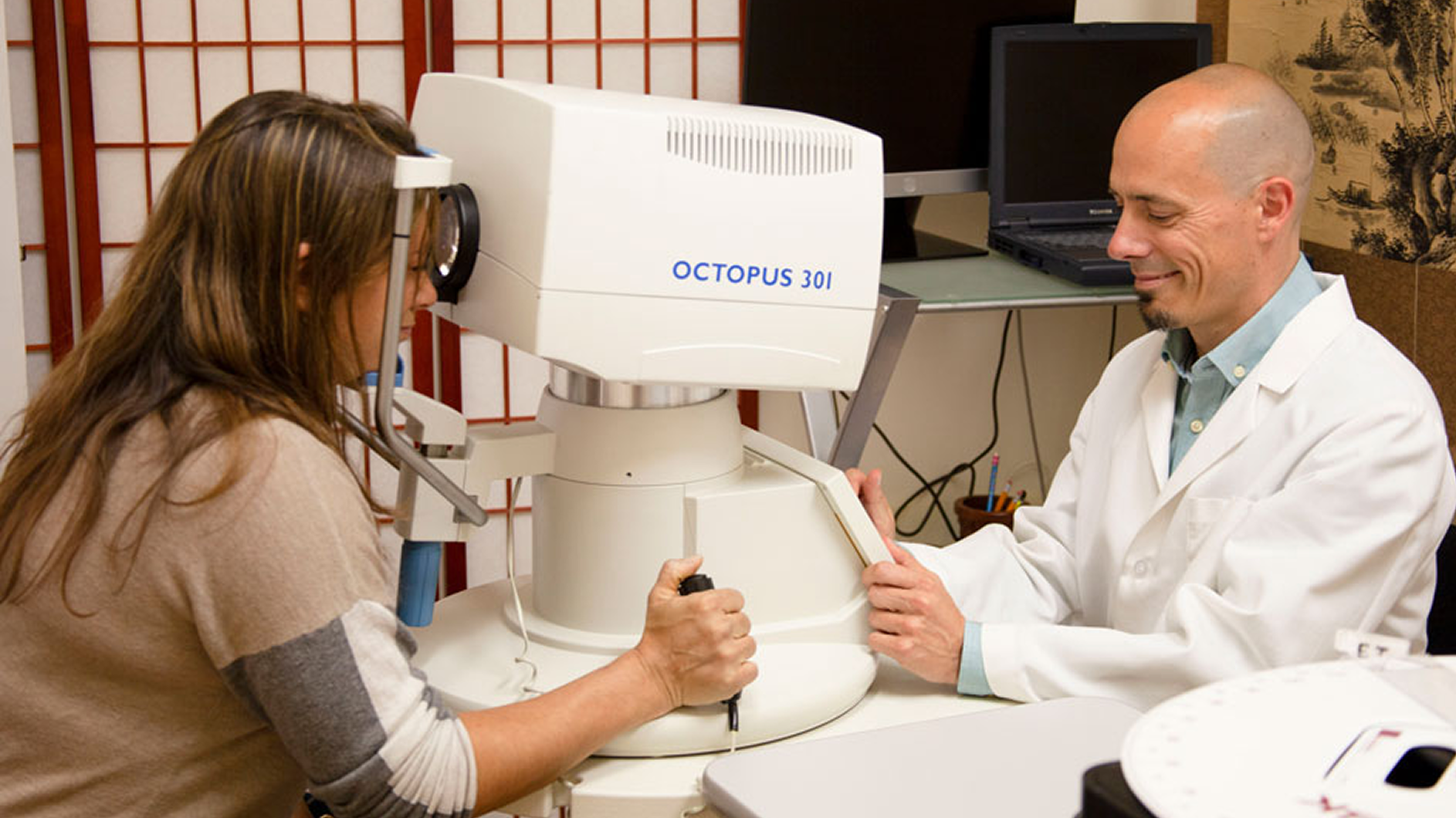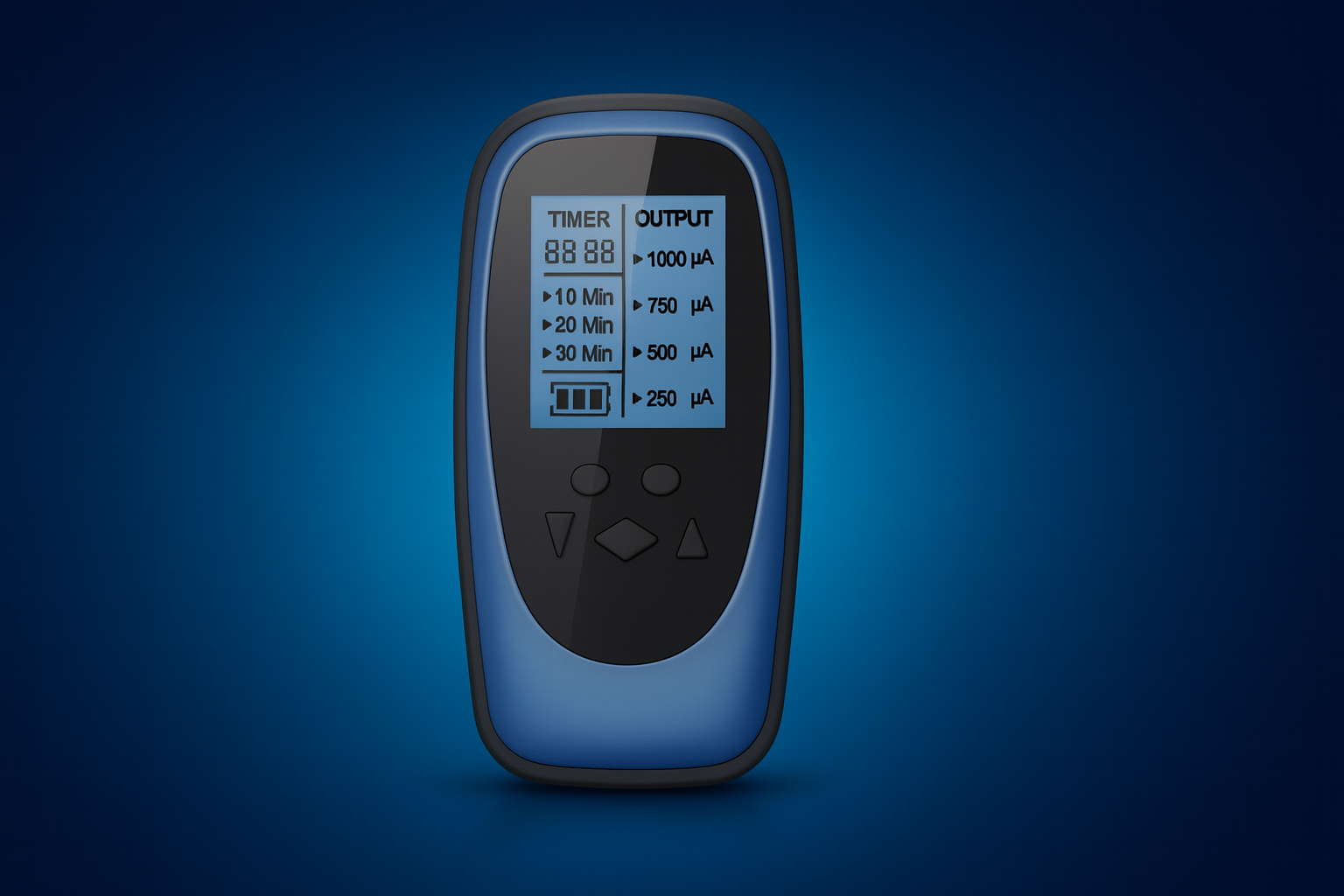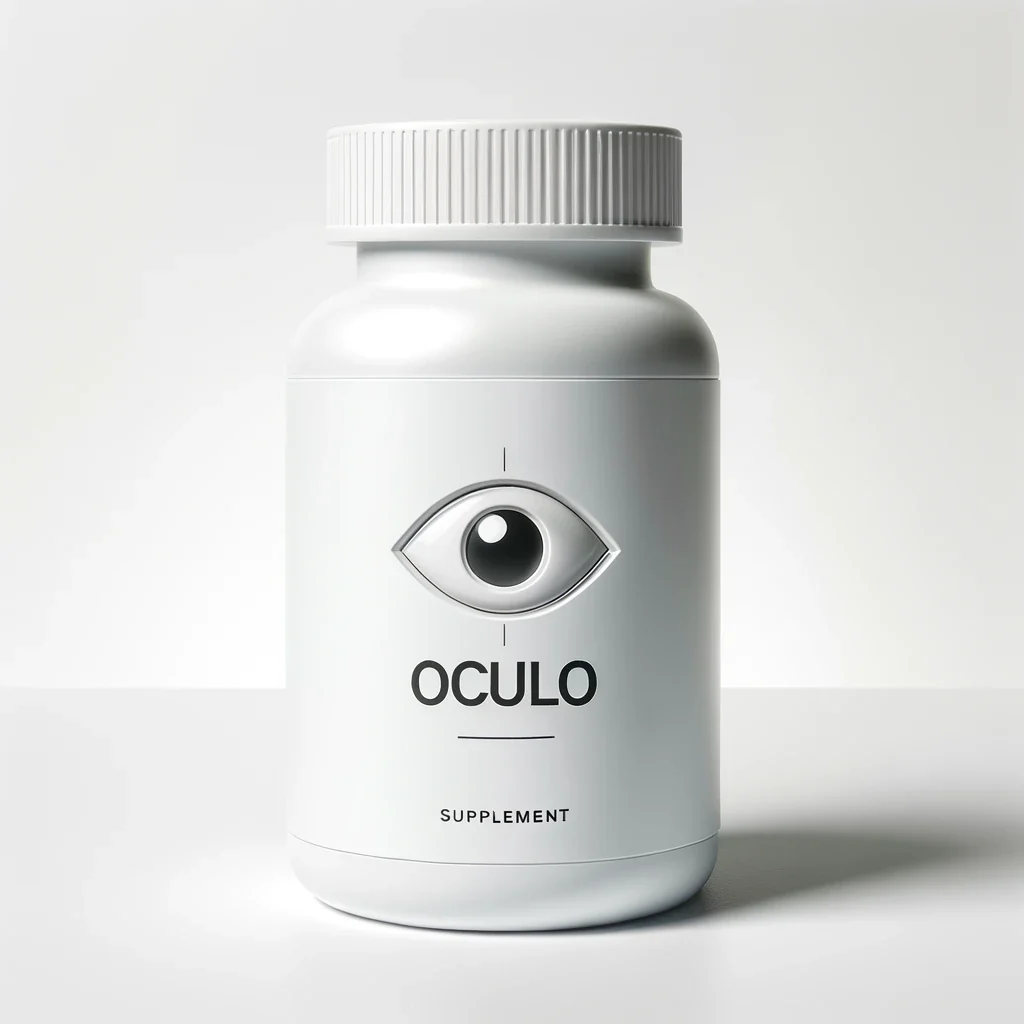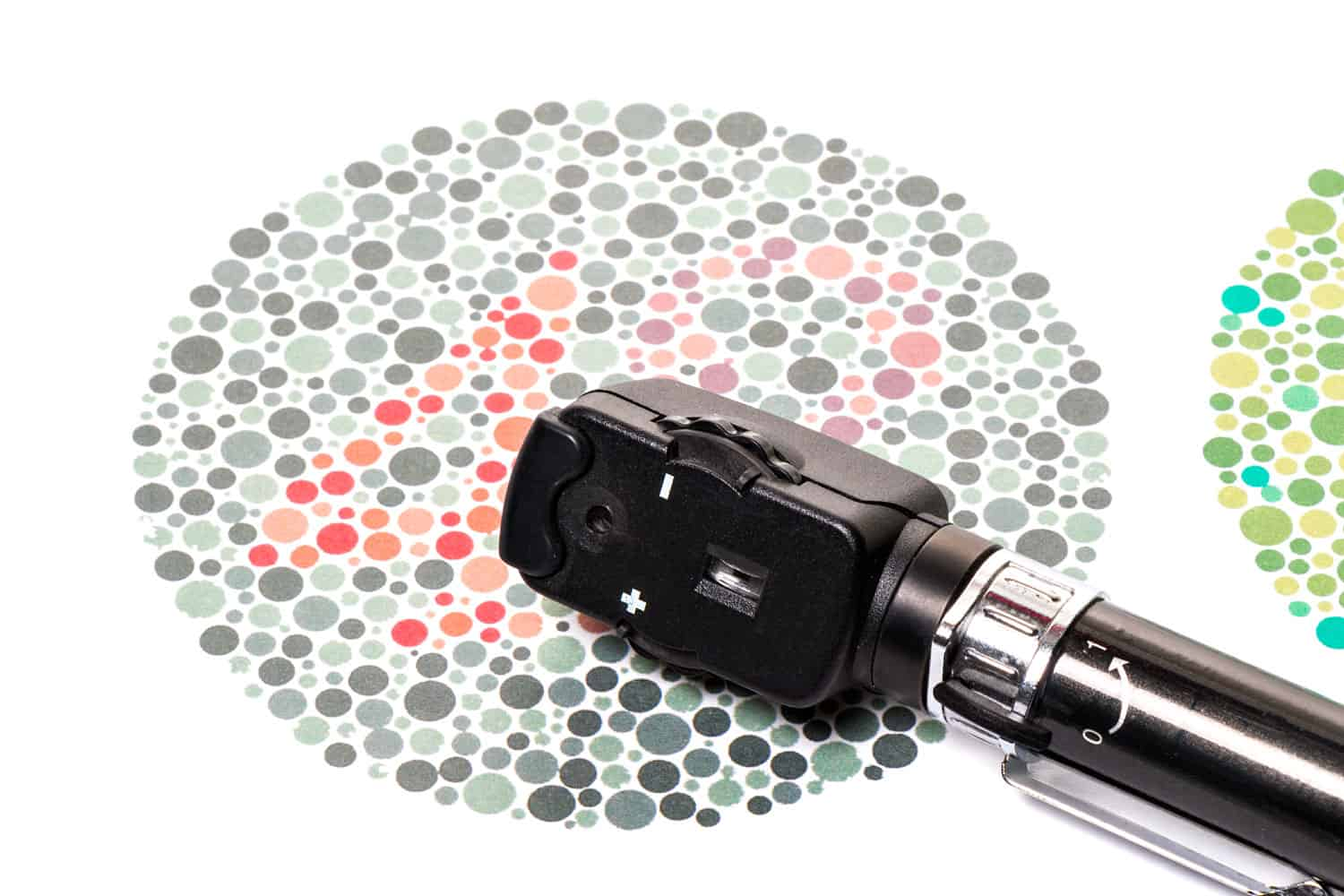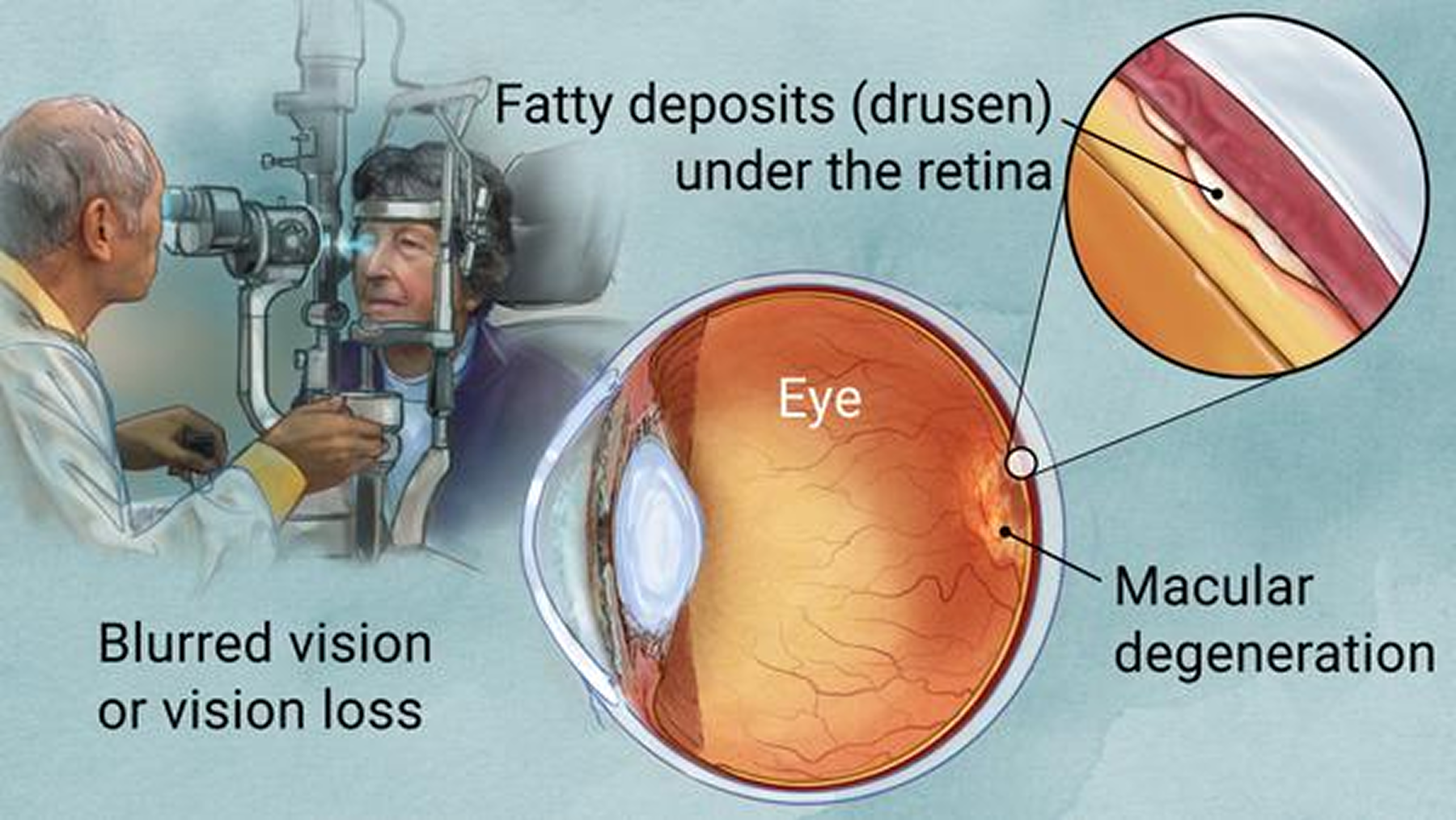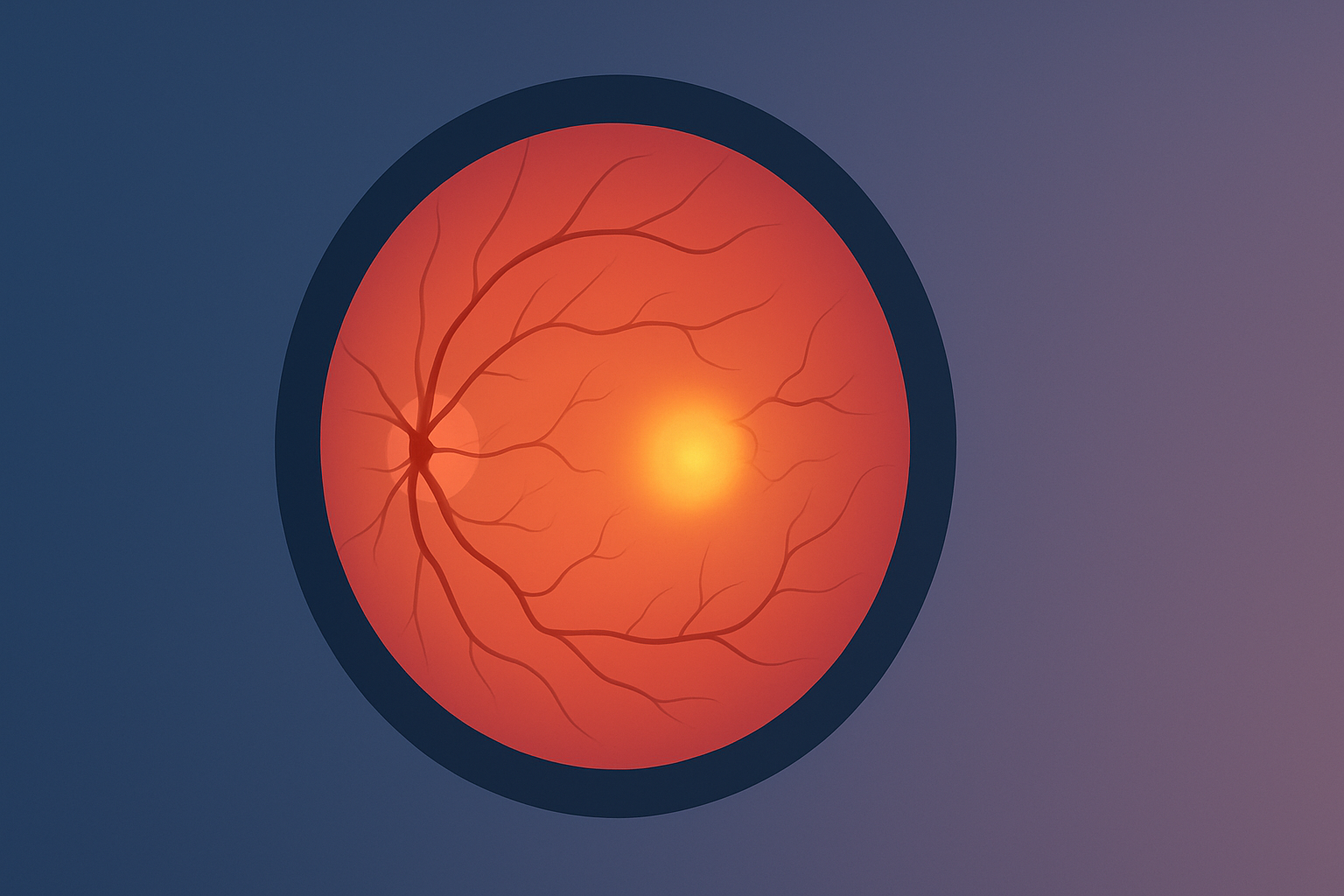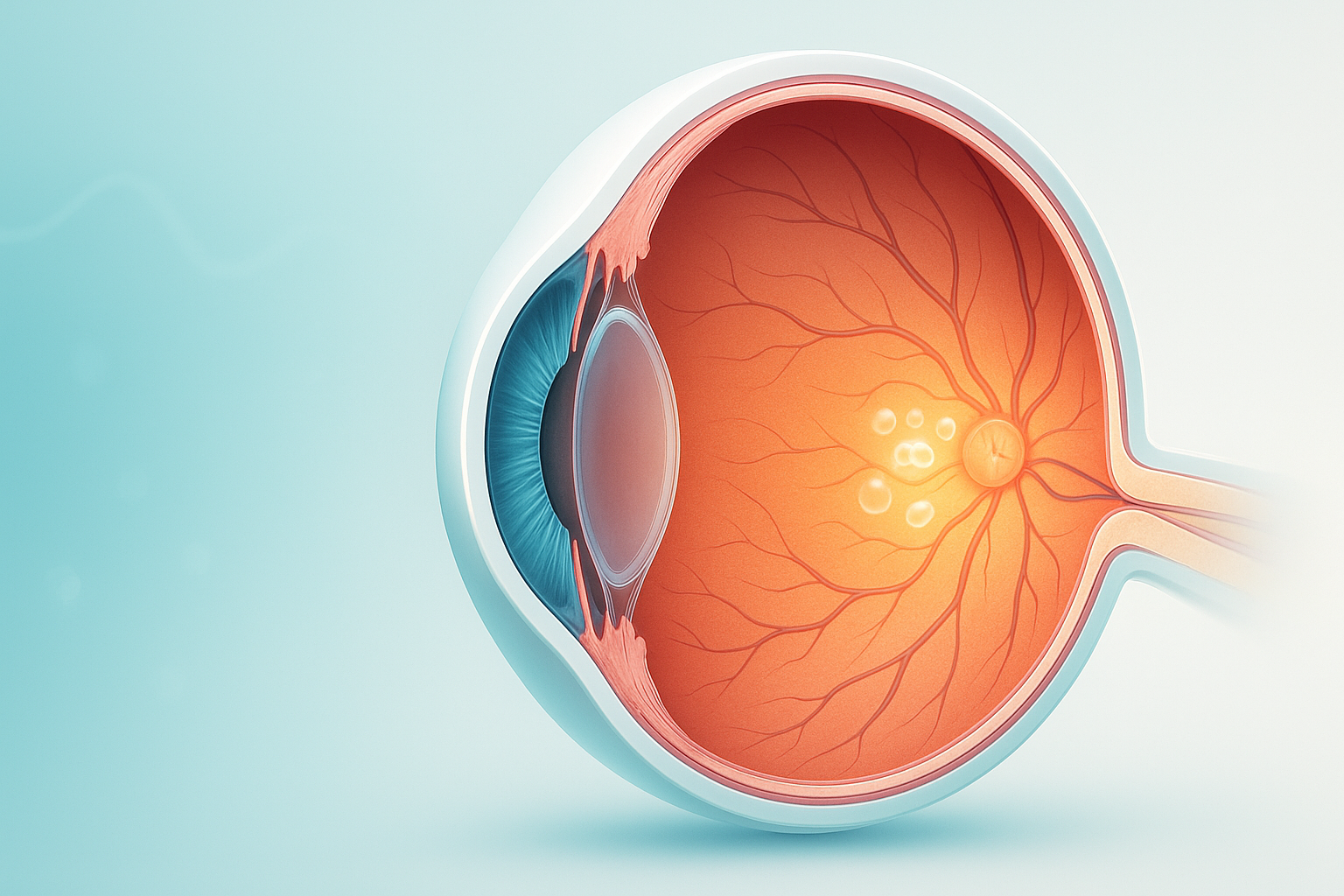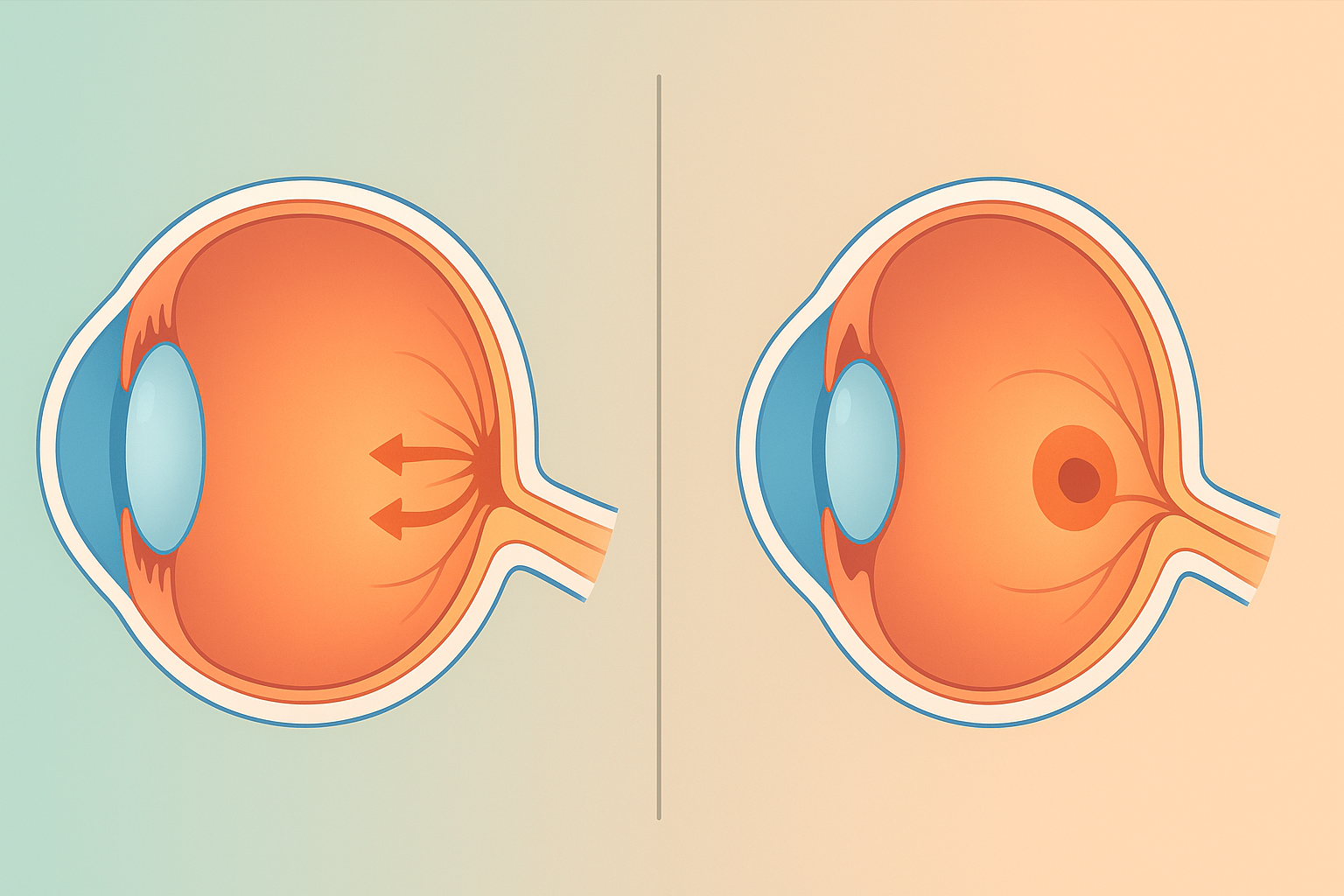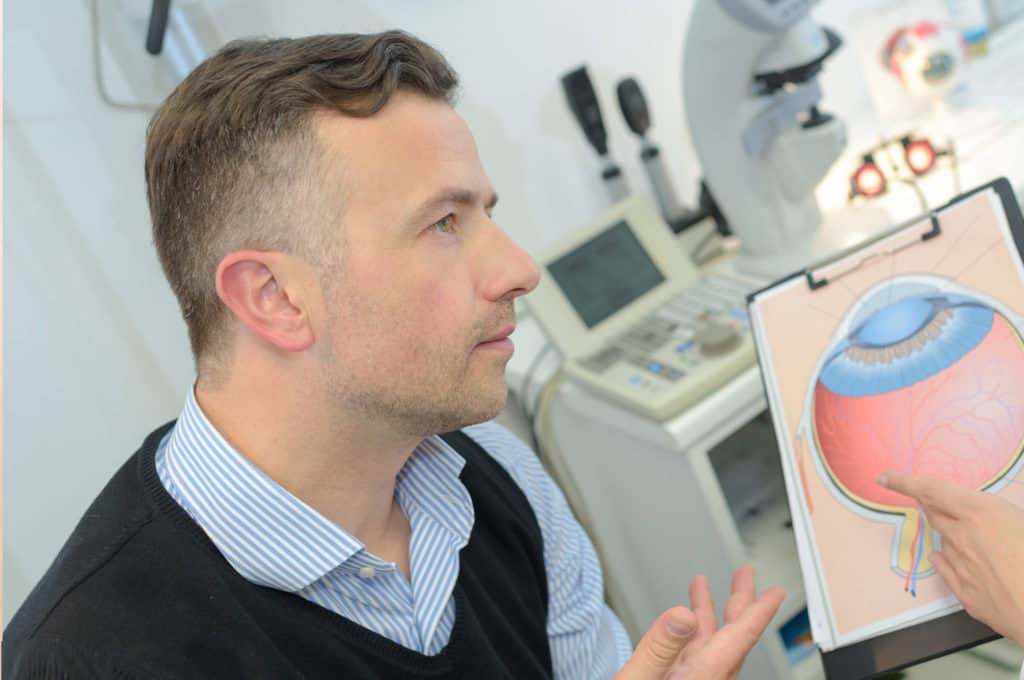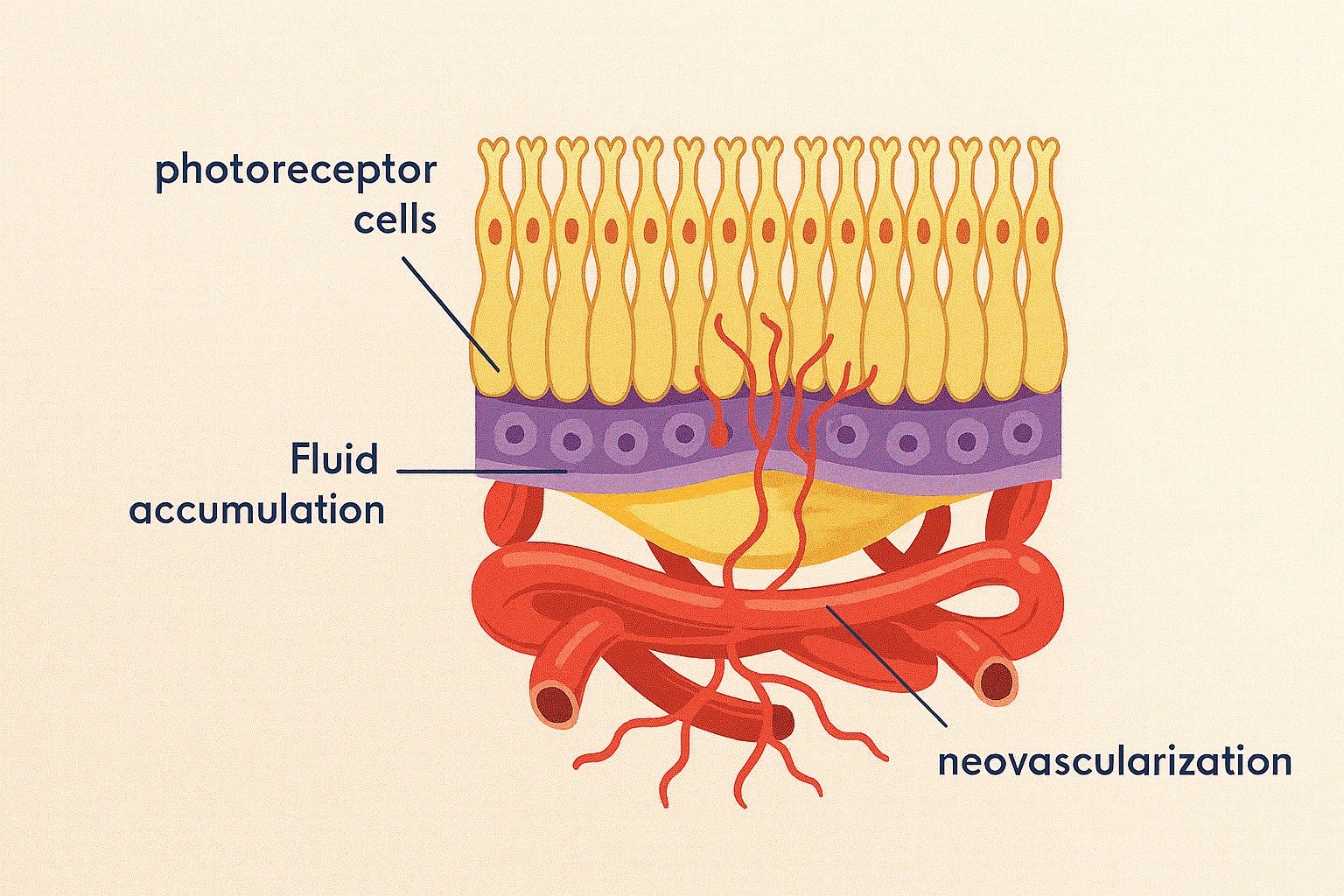Eye Condition
Myopic Degeneration
Myopic degeneration is severe nearsightedness that stretches and thins eye tissues, causing progressive vision loss and higher retinal detachment risk.
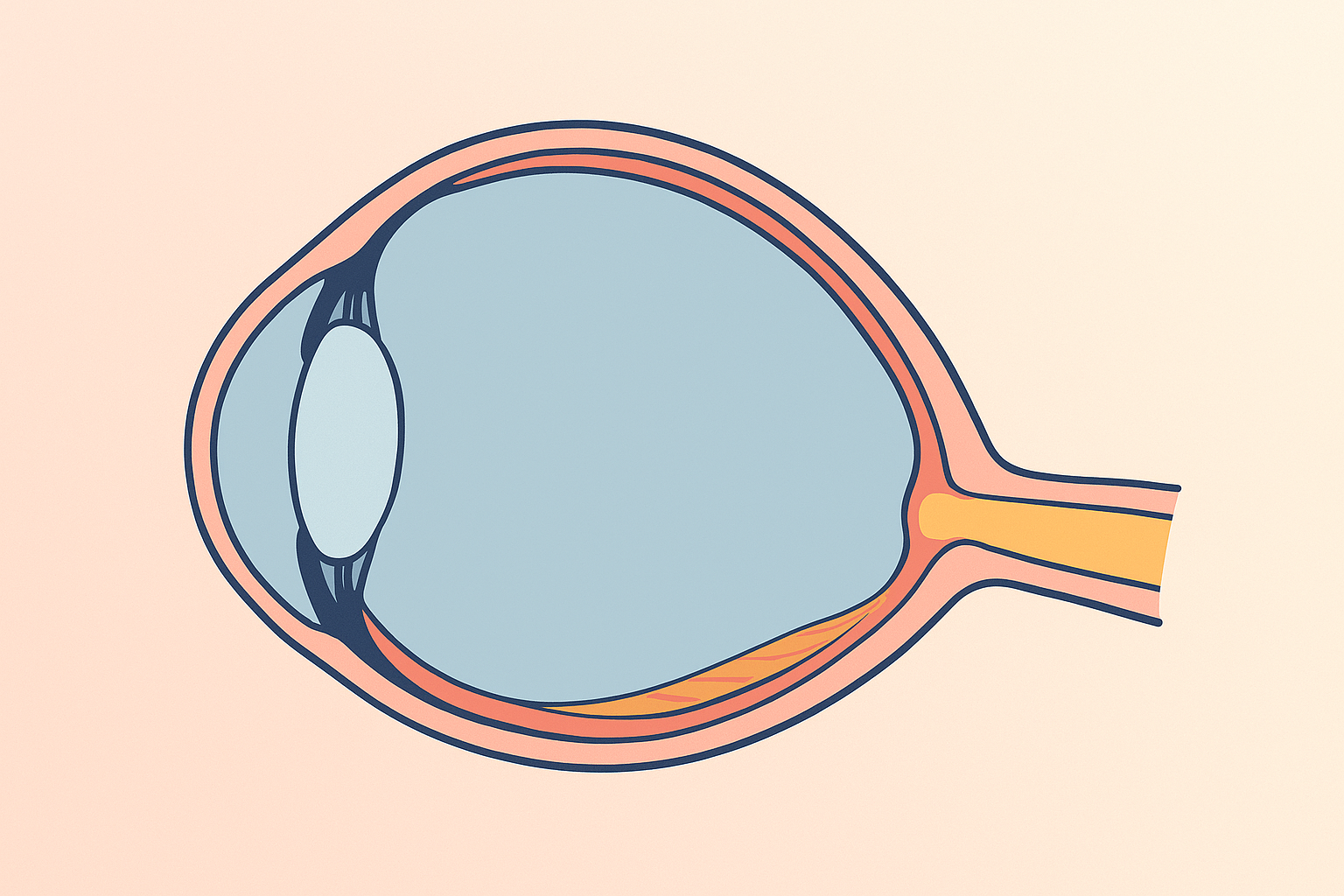
Explore our treatment options for Myopic Degeneration
What is Myopic Degeneration?
Myopic degeneration, also known as myopic macular degeneration (MMD), is a condition that affects individuals with severe nearsightedness (high myopia). It occurs when the elongation of the eyeball leads to changes in the retina and underlying structures, causing progressive damage to the macula—the central part of the retina responsible for detailed vision. This can result in significant vision impairment and even blindness if not managed properly.
Symptoms of Myopic Degeneration
- Blurred Central Vision: Gradual blurring of central vision, making tasks like reading and recognizing faces difficult.
- Visual Distortions: Straight lines may appear wavy or distorted.
- Dark or Empty Areas: Presence of dark spots or empty areas in the central vision.
- Decreased Color Vision: Difficulty distinguishing colors.
- Slow Progression: Symptoms typically worsen gradually over time.
Causes and Risk Factors
Myopic degeneration is primarily associated with high myopia, where the eyeball is abnormally long. This elongation stretches and thins the retina and other structures in the eye, leading to degeneration. Key risk factors include:
- High Myopia: Severe nearsightedness, usually greater than -6.00 diopters.
- Age: More common in older adults, although it can affect younger individuals with high myopia.
- Genetics: Family history of high myopia and myopic degeneration.
- Ethnicity: Higher prevalence in Asian populations.
Diagnosis
Early detection and accurate diagnosis are crucial for managing myopic degeneration effectively. Our clinic provides comprehensive diagnostic services, including:
- Ophthalmic Examination: Detailed eye examination to assess the retina and macula.
- Optical Coherence Tomography (OCT): High-resolution imaging to detect changes in the macula and measure retinal thickness.
- Fluorescein Angiography: Imaging test to visualize blood vessels in the retina and identify areas of leakage or abnormal growth.
- Visual Acuity Testing: To measure the clarity of central vision.

